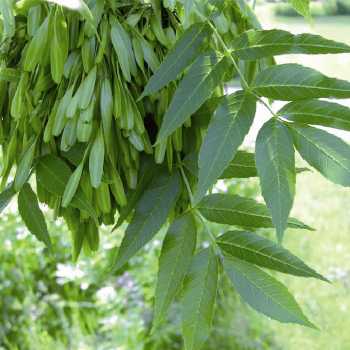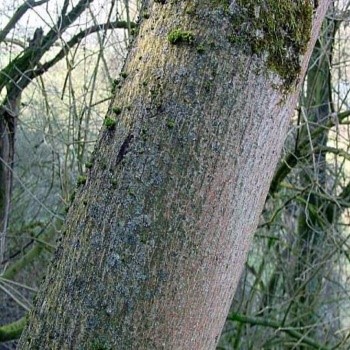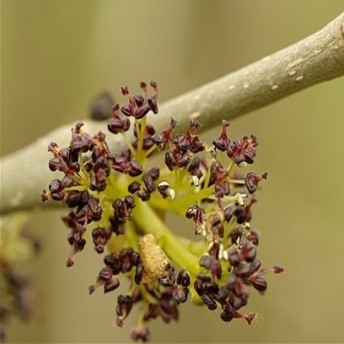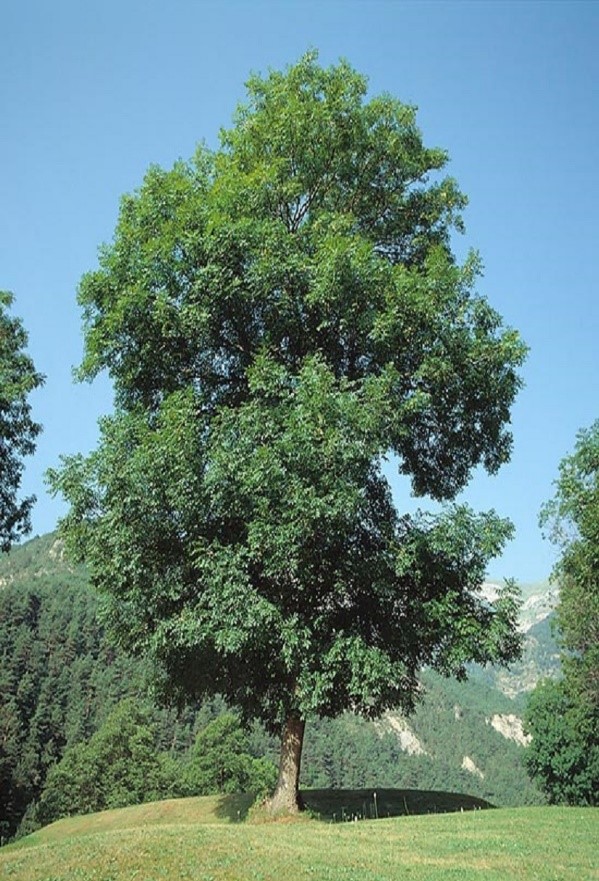Trees
Fraxinus excelsior L.
Fraxinus excelsior L.
Description :
This plant is a large deciduous tree
growing up to height of 12-18m sometimes more than 43m with a trunk diameter of
about 2-3m. The bark of mature tree is thick and vertically fissured. The
leaves are of the 20-35cm in diameter and are opposite. The leaves flourish
late in spring, and the fall early in autumn. The flowers are borne in short
panicles. The fruit is a samara type fruit, and it is about 2.5-4.5cm long and
5-8mm wide. If the fruit is collected and planted in soil when it is not fully
ripened and still green, it will germinate in short amount of time, however
once the fruit is fully ripened and brown, it will not germinate.
Distribution :
This plant is native to Europe from
northern Spain to Russia, and from southern Fennoscandia to northern Greece. It
is also reflected as native in south-western Asia from northern Turkey east to
the Caucasus and Alborz mountains. The northernmost location is in Norway. The
species is widely cultivated and reportedly naturalized in New Zealand and in
scattered locales in the United States and Canada. It is native throughout the
British Isles, as in northern Scotland. According to flora of Pakistan, this
specie has also been cultivated in Pakistan.
Uses :
It
has bot edible and medicinal uses. Underdeveloped seed are usually pickled by
steeping in vinegar and, and then used as a sauce eaten with the foods. The
leaves are occasionally used as an ingredient for tea making. Edible oil
comparable to sunflower oil is obtained from the seed. The leaves are
astringent, cathartic, diaphoretic, mildly diuretic, laxative and purgative. The
bark is antiperiodic, astringent and a tonic with bitter taste. The seeds,
including their wings, have been used as a carminative.
(Thomas, 2016)



